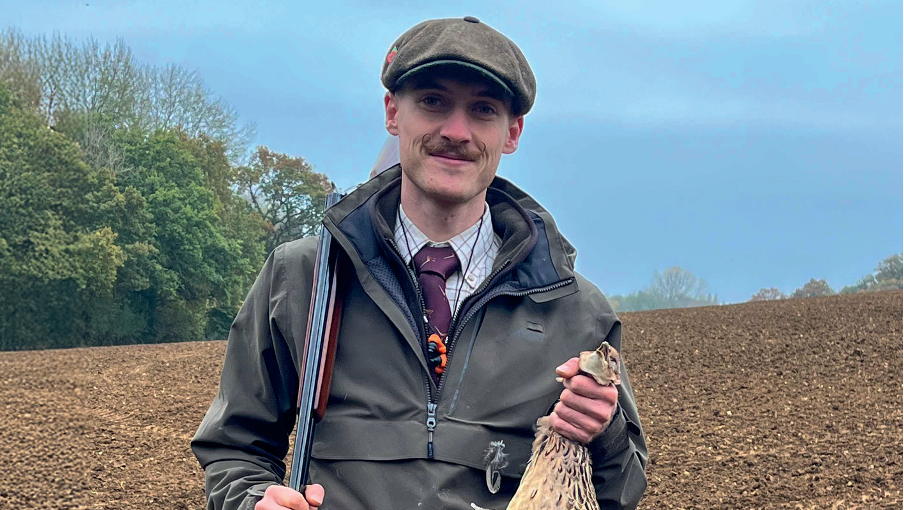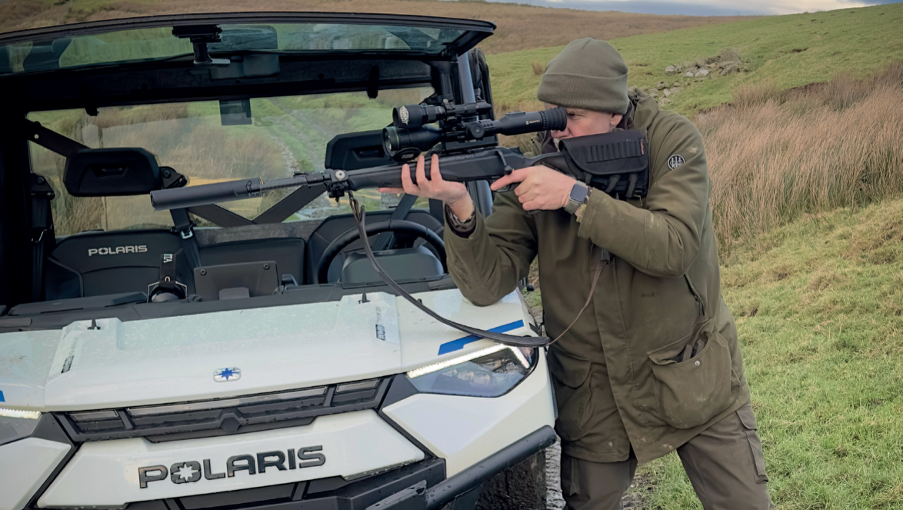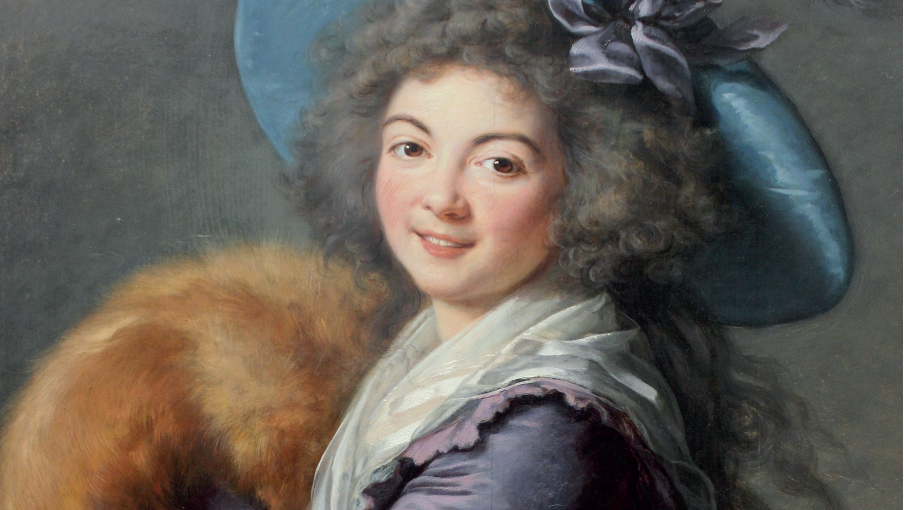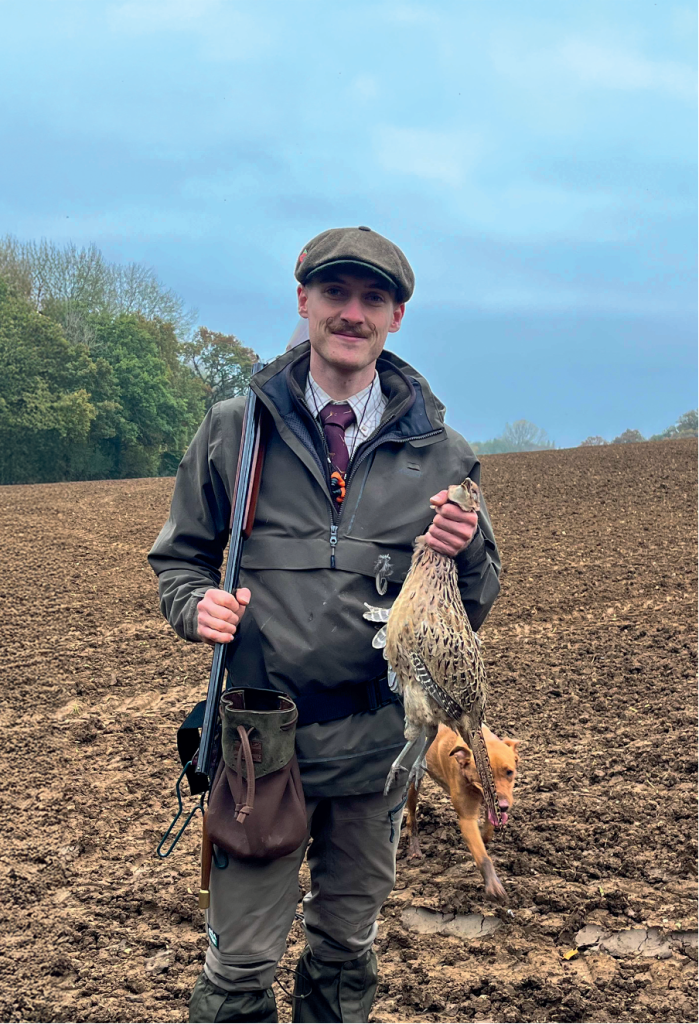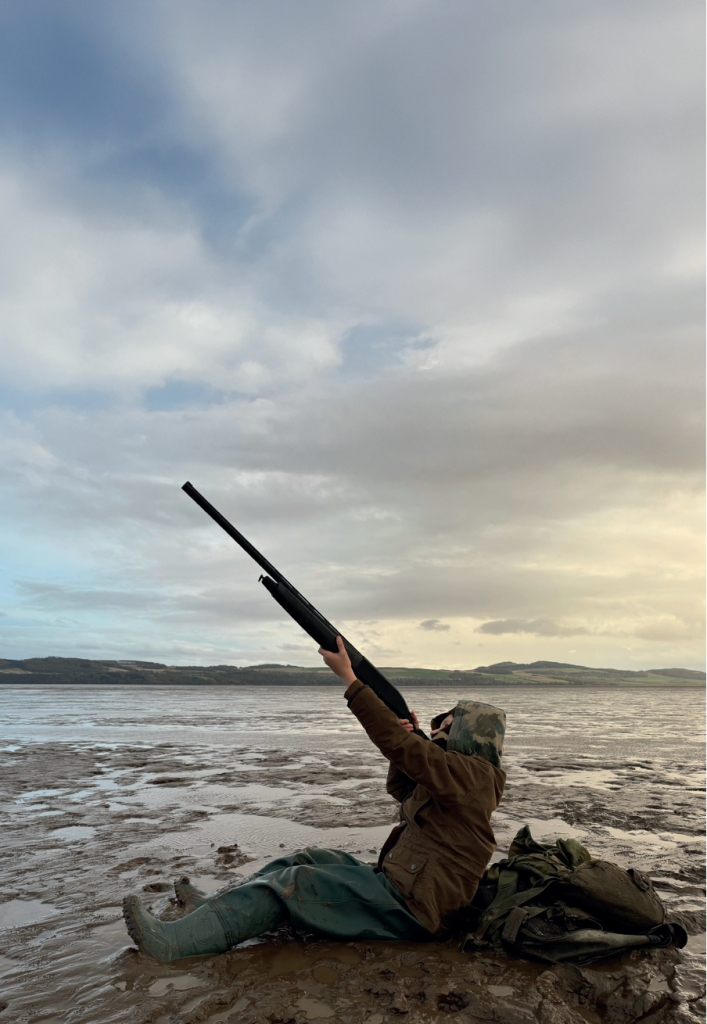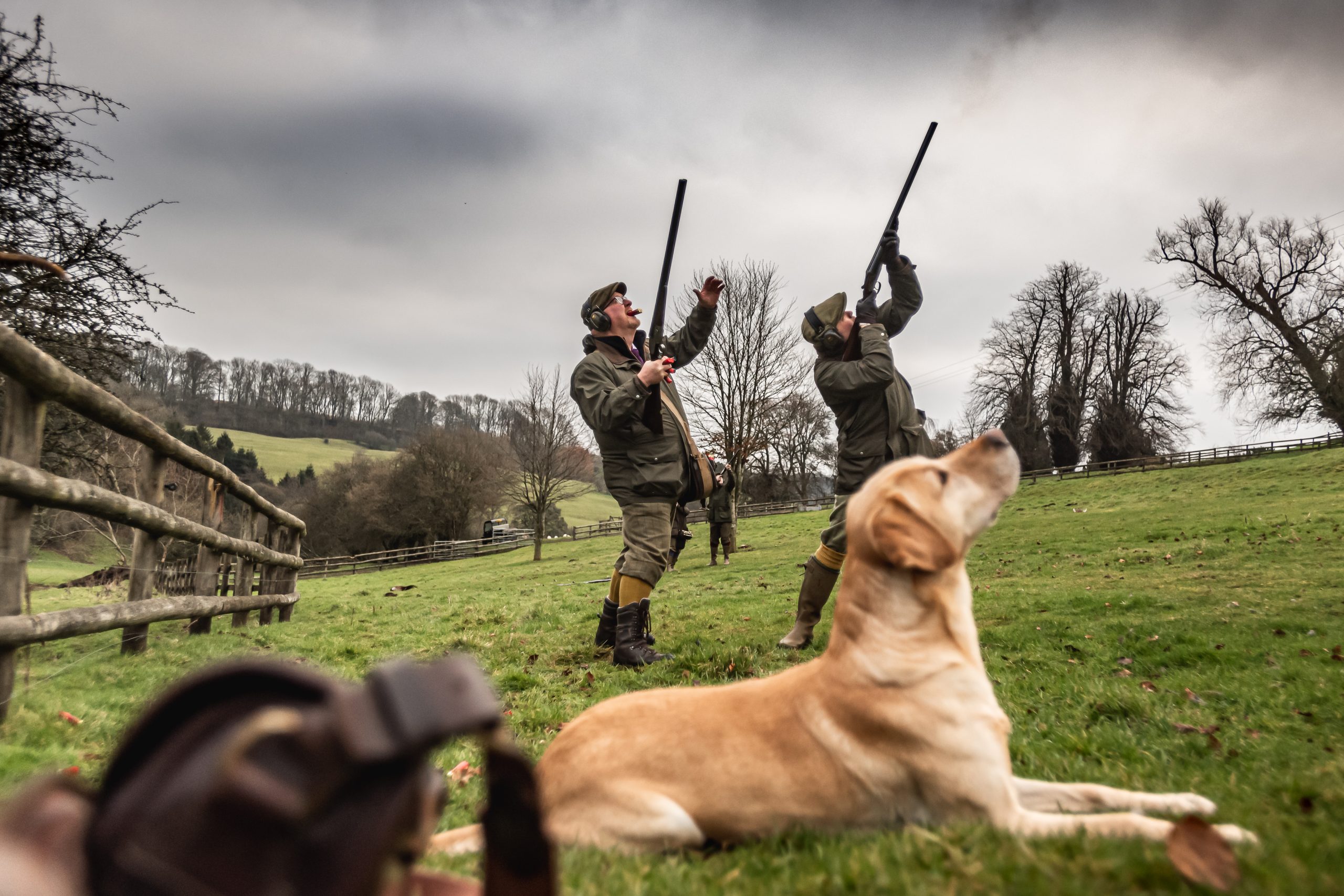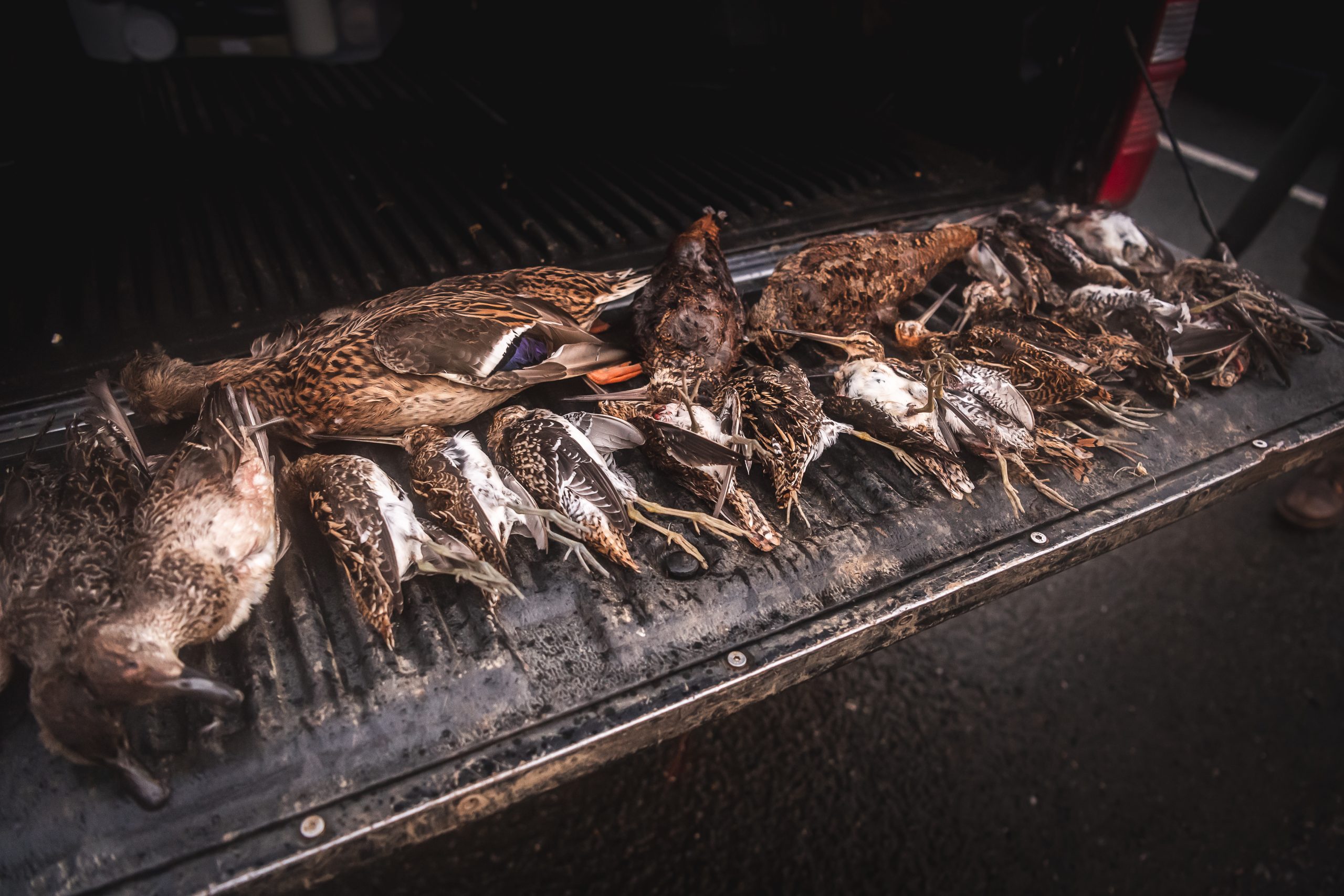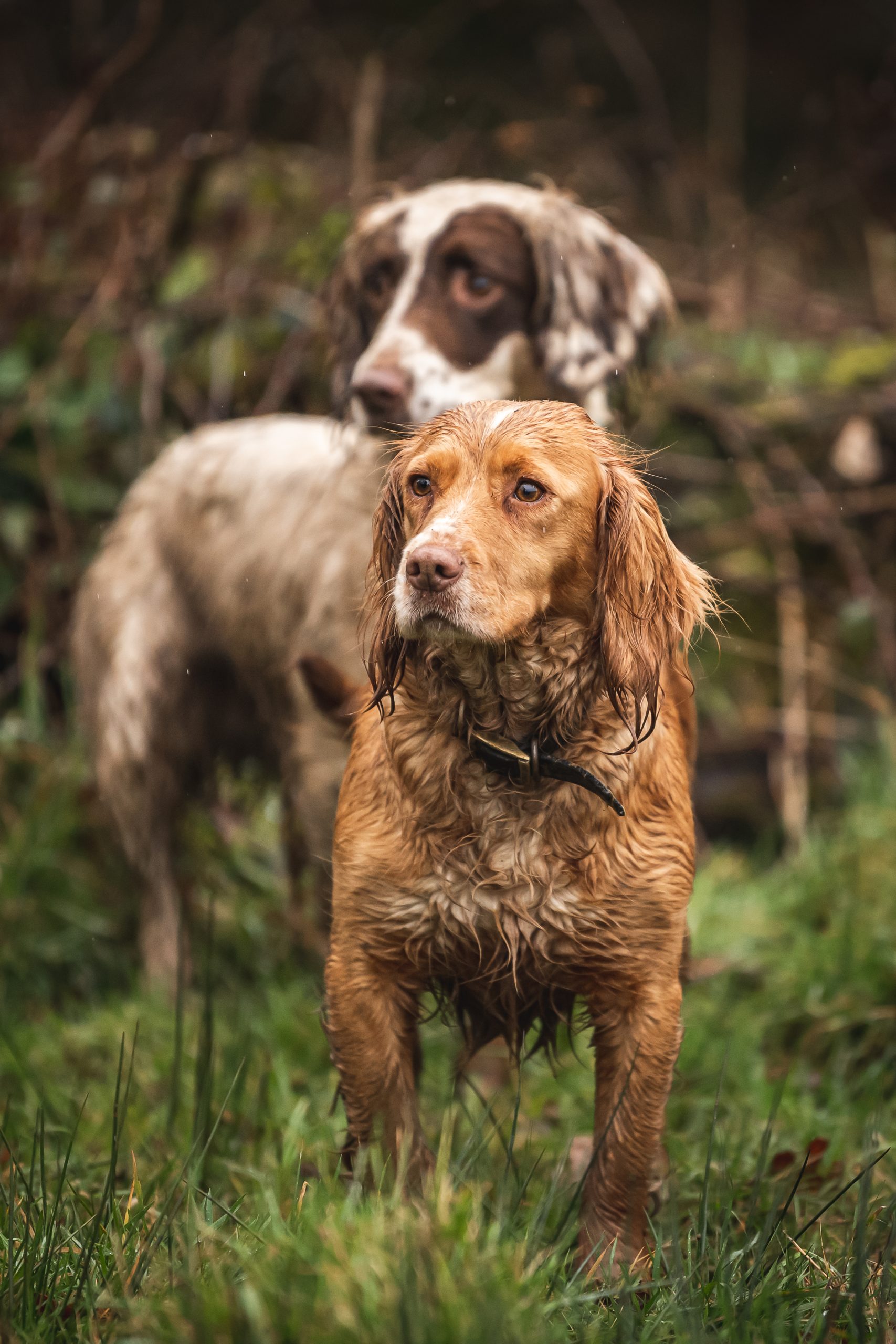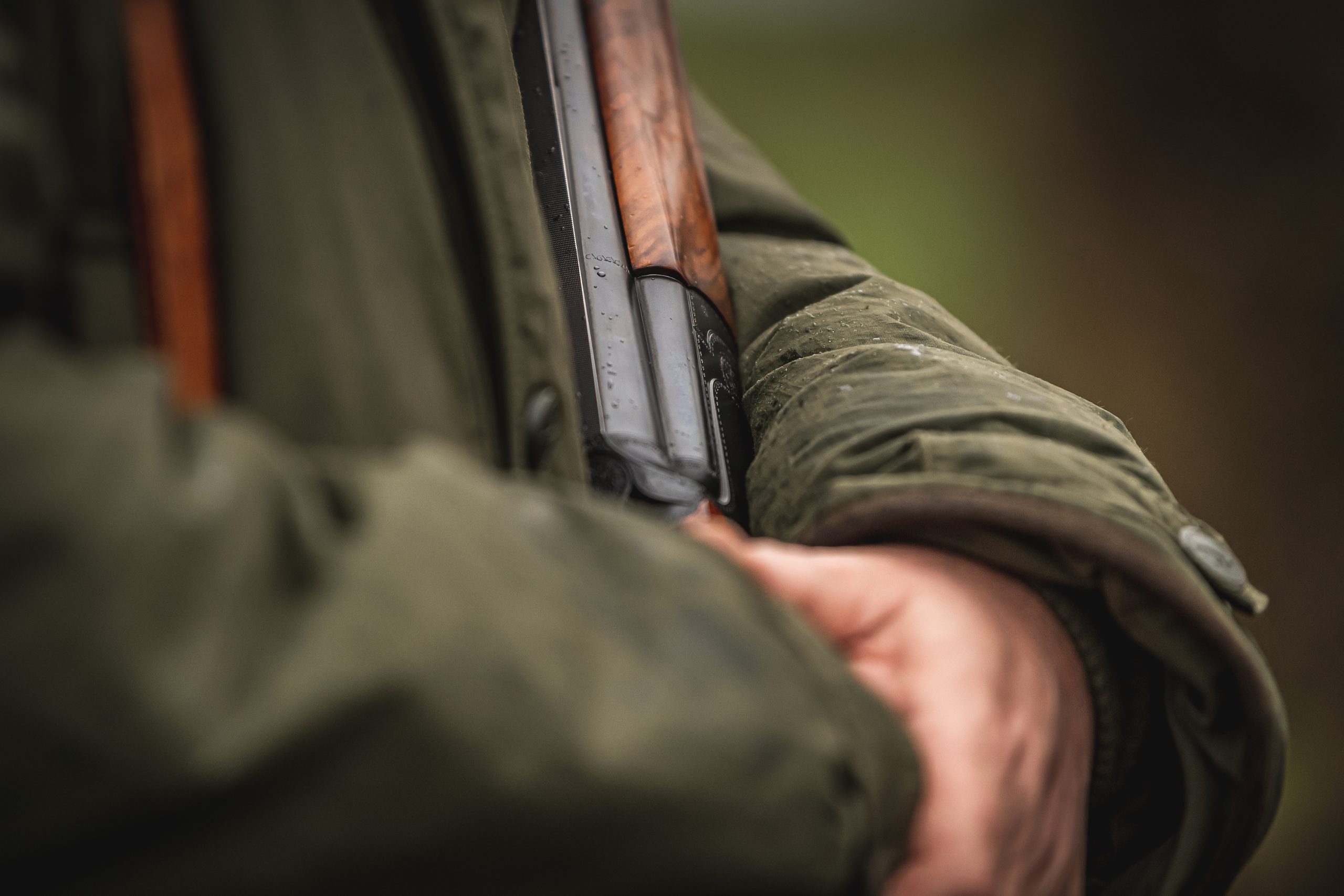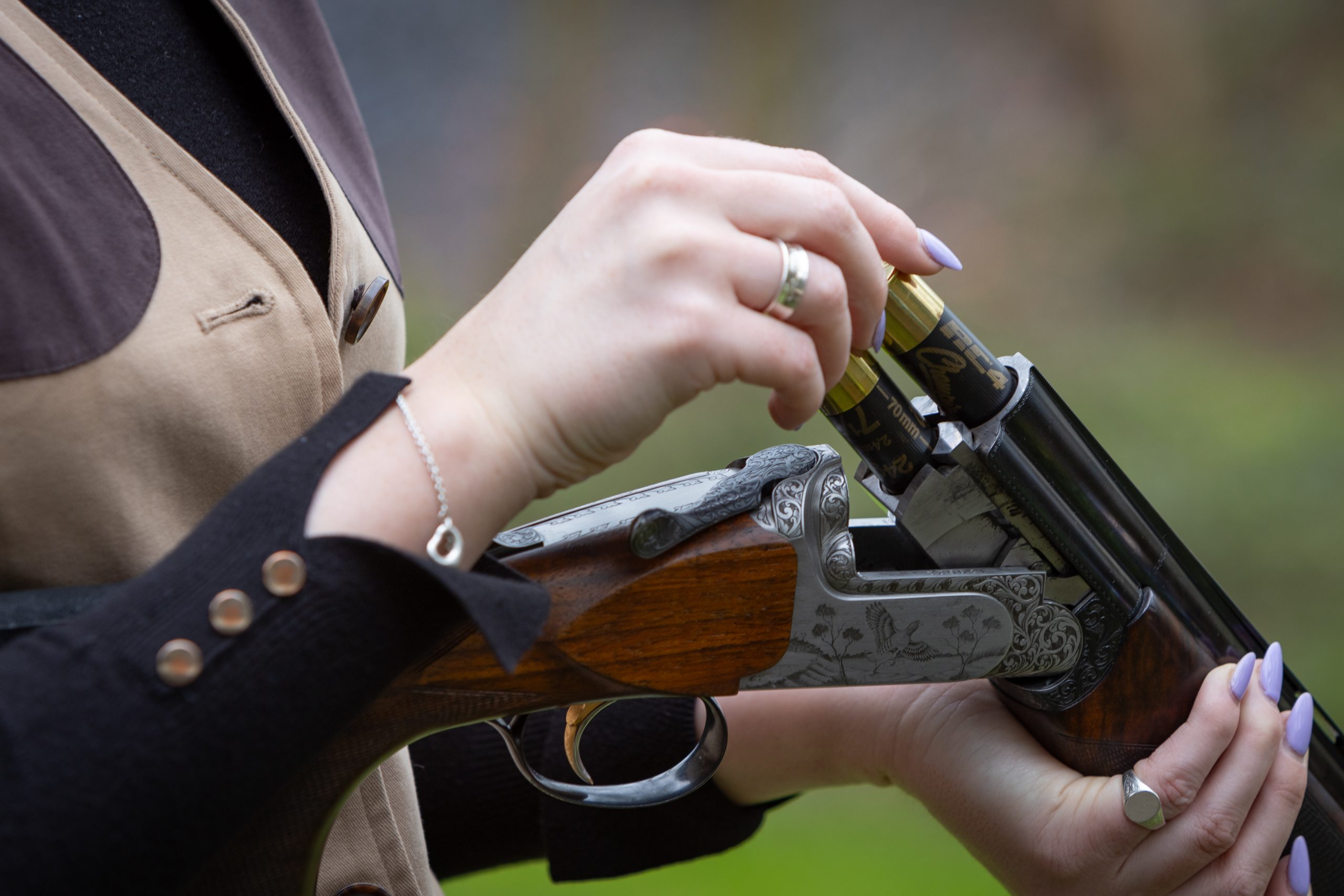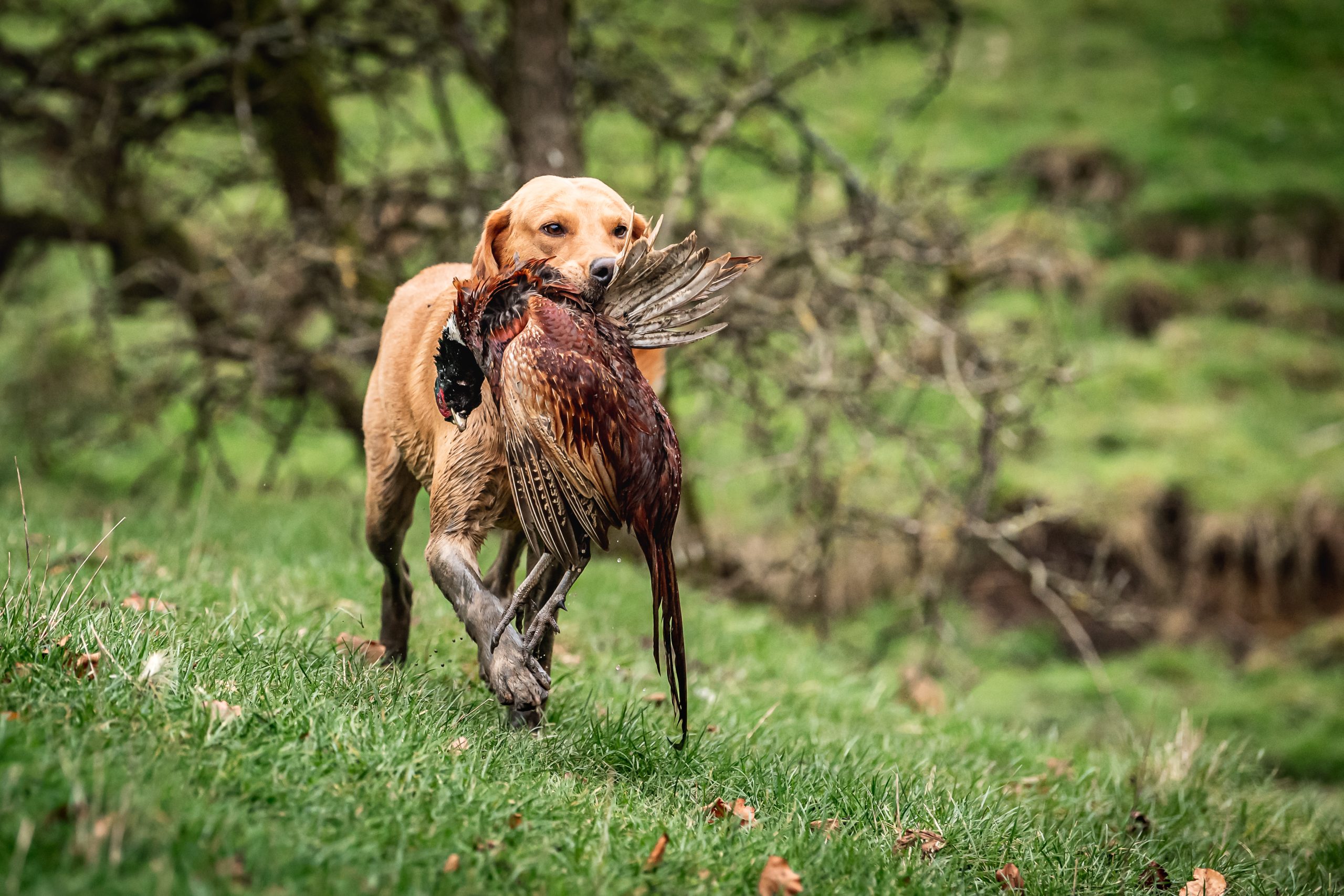Shooting
Teal appeal
Would you like to appear on our site? We offer sponsored articles and advertising to put you in front of our readers. Find out moreAlan Jarrett reminisces about the first time he shot teal, his favourite of all quarry ducks
It may be strange, but the memory of my first teal, which I shot during my first full wildfowling season over 40 years ago, remains vivid to this very day. I had read about the little duck in the shooting magazine of the day and had tried to hit the clay pigeon representation of them on various sporting layouts.
But that morning the dashing shape seemed much faster than I had imagined. When the first shot missed, all my reading and practice paid off, for as the bird lit the afterburners for the sky above, my shot brought it unceremoniously back to earth.
It was a delightful cock bird, resplendent in the finely-etched markings that typify the species, and later on the table it was delicious. Thus began my long love affair with the smallest European duck: great sport and superb eating, leaving little more to be desired in a quarry bird.
The teal is essentially the wildfowler’s bird, being ever-present on the coast once the migration has come in. That first encounter was on the wide coast, which would remain my main meeting point for this fabulous bird.
But it is a bird that can be found in almost any location where there is water and food. It can be found on the inland marshes, where it comes to guzzle in the slushy margins of shallow floods – where such conditions are right it can sometimes be found in considerable numbers, and when disturbed may wheel this way and that in tight-knit flocks.
I have also shot teal far inland, where river valleys carve between high banks en route to the estuary. Small parties have exploded from some isolated pond, as part of a pheasant drive, and make an interesting and exciting addition to the day’s sport.
They are always present on the riverside flood meadows, for the little duck has an amazing knack of finding an opportunity for a feed almost as soon as it appears. Apart from the inland marshes close to the estuary and the estuary itself, there will seldom be the opportunity for a big bag, but a duck or two to take home is certainly a valuable addition to the day’s proceedings.
During one particular season I shot a section of river valley regularly, mostly in an invariably vain attempt to intercept the greylag geese. The odd goose was brought to book, plus an occasional mallard, but now and then at the first hint of dawn a teal or two would dash through. There was seldom more than a single or a pair, and often they went unsaluted if geese had been heard in the river. But if the river was silent it was sometimes justifiable to take a shot at the little speedsters.
During that winter, my total bag of teal from that river valley was just six, and never more than one on any particular morning. But on those mornings the bag would otherwise have been empty, so they were very welcome indeed. Bag size and enjoyment are relative, so while a single teal from a tide flight in the estuary would be nothing to write home about, these ad hoc birds from the river valley were very much a triumph.
Teal and the estuary are like eggs and bacon – meshed indivisibly together. It is to the estuary that I return time and again in search of the little duck, and some fabulous sport has ensued at times. Get the weather conditions right and you may just once in a while have a bonanza.
Last season was an example of the sort of outstanding sport to be had with this amazing little duck. We were in the grip of freezing conditions such that the inland splashes and ditches were frozen over. Duck were on the estuary in numbers, but it remained a challenge to get it right.
With a strong east wind blowing, I knew, from previous experience, that there was a favourite place for the teal to be. It was a big tide, which meant that a high part of the salting was needed for safety, whilst there was plenty of opportunity for decoying.
As the tide flooded the teal began to move, and over the next couple of hours single, pairs and small packs dashed through. Of course the majority were wide to one side or another, but some shooting ensued.
At the top of the tide a flight developed which passed my hide persistently some 80 yards to the north, and on the far side of a flooded ridge of salting. On the far side was scant cover, but by wading gingerly across it was possible to reach two clumps of grass barely more than two feet high and right on the edge of the flood.
Here it was possible to bid the dogs lie down and for me to lie on my left side in order to peer through the grass in the direction from which the teal had been coming. What followed was some 30 minutes of high excitement as teal came dashing through, barely above the waves, to pass either side of my grassy hide.
In those 30 minutes, 11 teal were scattered into the flood around me, and it was some of the most enjoyable teal shooting in my experience. After that the flight dried up, but it was an unforgettable experience of shooting at birds that rocketed for the heavens the moment I sat up from my tiny grassy patch of cover.
The dogs worked well, picked up every bird and made the day one to remember. It reinforced my belief that teal remain in many ways the best of all our quarry ducks.
Related articles
Driven
Vegan to hunter
Emily Damment tells the extraordinary story of one man’s transformation from full veganism to harvesting his own wild meat, with plenty of lessons to learn along the way.
By Time Well Spent
Wildfowling
Generation game
James Green recounts an unforgettable week of wildfowling on Scotland’s Tay estuary, where three families shared the joys, challenges and triumphs of outdoor adventures
By Time Well Spent
Manage Consent
To provide the best experiences, we use technologies like cookies to store and/or access device information. Consenting to these technologies will allow us to process data such as browsing behavior or unique IDs on this site. Not consenting or withdrawing consent, may adversely affect certain features and functions.
Functional Always active
The technical storage or access is strictly necessary for the legitimate purpose of enabling the use of a specific service explicitly requested by the subscriber or user, or for the sole purpose of carrying out the transmission of a communication over an electronic communications network.
Preferences
The technical storage or access is necessary for the legitimate purpose of storing preferences that are not requested by the subscriber or user.
Statistics
The technical storage or access that is used exclusively for statistical purposes.
The technical storage or access that is used exclusively for anonymous statistical purposes. Without a subpoena, voluntary compliance on the part of your Internet Service Provider, or additional records from a third party, information stored or retrieved for this purpose alone cannot usually be used to identify you.
Marketing
The technical storage or access is required to create user profiles to send advertising, or to track the user on a website or across several websites for similar marketing purposes.

